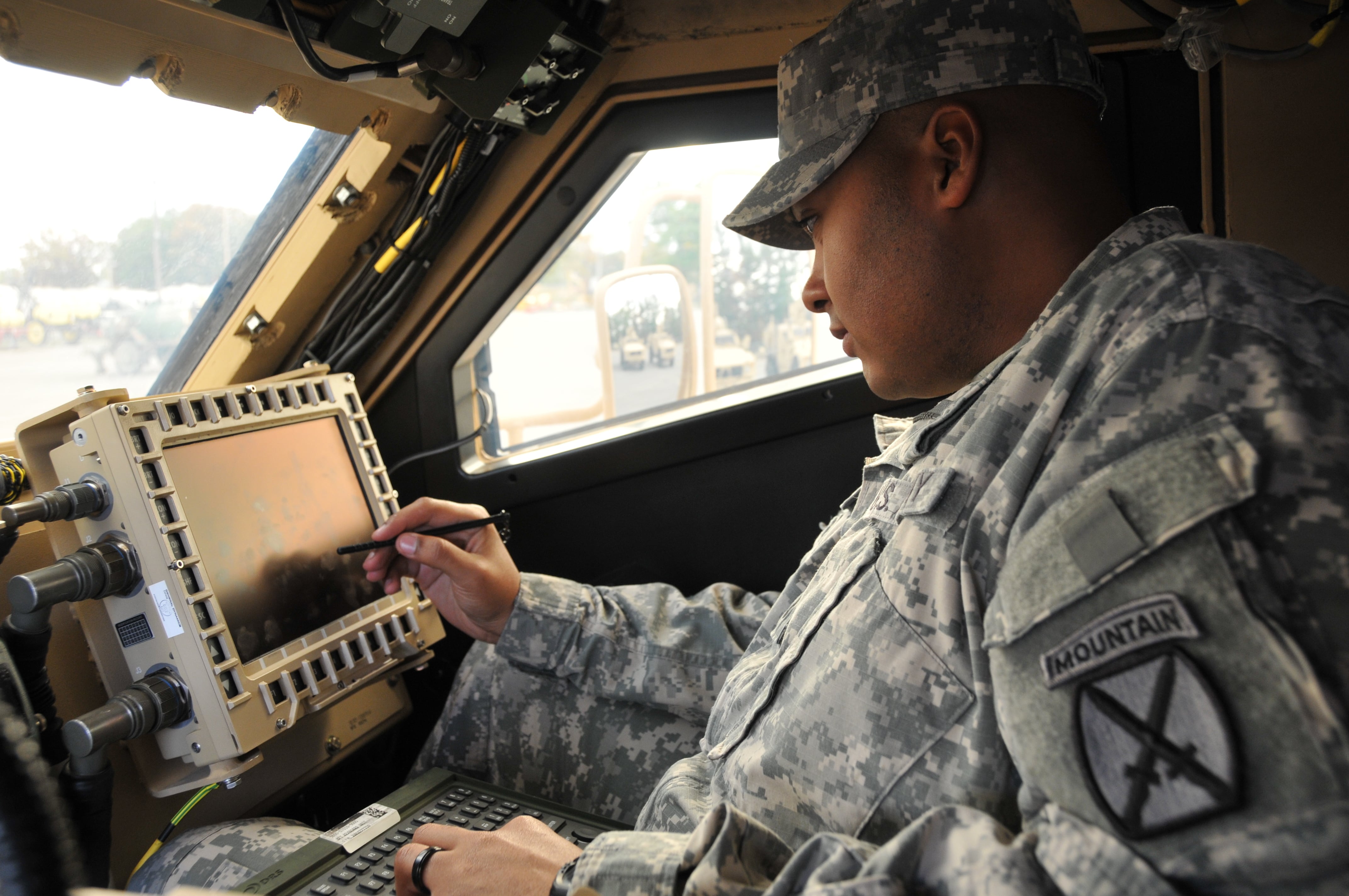After more than 15 years of nearly constant deployments, the U.S. military's balancing act between modernization and readiness is reaching a tipping point.
The service chiefs have repeatedly detailed the budget crisis' effects on readiness and modernization, and military associations have begun adding their voices to the warning as the issue continues to linger. Unfortunately, there is no silver bullet solution that will cure all the modernization issues the military faces -- only time and consistent funding will provide long-term relief. However, in tactical communications and electronic warfare, there are some immediate solutions the military can implement to overcome near-term threats.
The future modernization of both tactical communication and electronic warfare command and control systems depends on two critical changes: the adoption of open systems architecture and use of software-defined capabilities. In particular, software-defined capabilities are low-hanging fruit for the military. Implementing open architecture is equally important, but it takes time and coordination. On the other hand, software-defined capabilities allow for quicker upgrades, are more affordable and give more operational flexibility in contested environments.
Software-defined systems increasingly are the answer to the rapidly changing and highly complex battlefield, extending to airborne and terrestrial radios, electronic warfare and space systems. The ability to upgrade and update existing software to meet and beat new and emerging threats gives warfighters the combat edge.
The most significant "core" technology that makes these new capabilities possible is the software-defined radio (SDR). Instead of using various hardware components to handle the radio's signal processing, SDRs are much more akin to computers -- giving current and next generation systems the flexibility to transition from analog and receive and transmit a wide variety of waveforms.
Contributing to this SDR revolution is warfighters' need to pack more advanced communications capabilities, such as providing broadband to the battlefield via wideband and satellite networks, and electronic warfare capabilities such as SIGINT, jamming and signal tracking into lightweight and compact devices.
Such flexibility supports a wider range of capabilities, including enabling operators to target, jam and defeat enemy signal jamming, and gather and share intelligence with friendly sources at longer distances. In effect, the SDR is a foundation technology for dynamic spectrum access systems with cognitive or "smart radio" functionality, such as the advances being pursued under DARPA initiatives.
At a practical level, the SDR has enabled users to make quick upgrades, easing the logistical burden of having to physically change every component to keep pace with changing requirements. Major weapons and communications platforms are costly to continuously upgrade; however, many programs have found that incorporating software-defined technologies enable the platform to keep pace with technological evolution. As a recent article in C4ISRNET noted, the Army Reprogramming Analysis Team (ARAT) is finding success in leveraging software-defined capabilities to keep legacy radars in working order.
For EW in particular, staying ahead of the threat is a critical need. The worldwide proliferation of advanced digital radar and communication systems has caused a shift in the way traditional EW is executed. As communication and radar systems become increasingly digital, via the adoption of software-defined capabilities, their behaviors and characteristics can be modified at a much more rapid pace than ever before, hence the need for EW systems to become software-defined so that can adapt their response in real-time. This software-defined capability in EW is known as adaptive EW.
Traditional EW systems rely on pre-programmed databases of signal characteristics that describe the intended radars and/or communication systems that they are to identify and respond to. Adaptive EW systems, in contrast, can utilize both pre-programmed signal characteristic information and what they observe in real-time from the radars and communication systems to complete their intended mission.
Adaptive EW provides distinct battlefield and operational advantages, primarily in that EW systems remain current regardless of the adversarial threat. A potential longer-term benefit of adaptive EW is faster programming, testing and revalidation of EW systems before a new capability can be deployed to the warfighter. No longer does the military have the luxury of time to beat today's threats.
The benefits of software-defined systems apply to all domains -- undersea, terrestrial, airborne and space. Within each, there are challenges when it comes to making changes to or replacing pieces of equipment. With a satellite, for example, the ability to remotely refresh and upgrade the software is a huge benefit that enables each "bird" to perform more and different tasks over a longer lifespan.
Looking ahead, the battlespace will only become more crowded and congested with more demand for already limited spectrum, particularly when operating in an anti-access/aerial denial environment. The ability to rapidly innovate and upgrade systems, many of them exquisitely complex, has not existed, putting warfighters at a disadvantage and operations at risk of failure. The fielding of new systems can take upwards of a decade, ultimately resulting in technology that can be a generation or more behind. Software-defined technology will enable users to continuously upgrade their technology without the need for broad-scale recapitalization – critical in an era of budget constraints.








